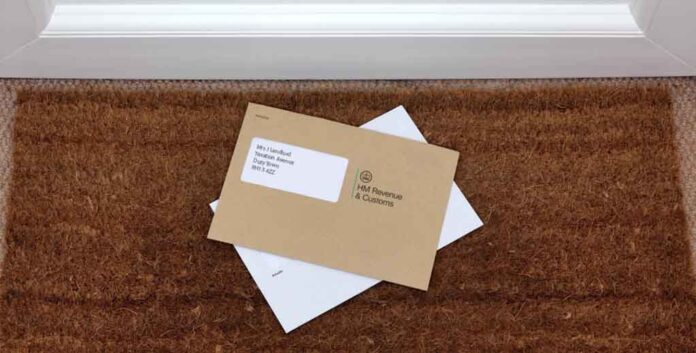The self-employed who took advantage of the multi-billion pound self-employed income support scheme (SEIS), claiming grants they were not entitled to, when they were either not trading at all, or their profits did not fall within the specified limits, are now being asked to pay the money back.
Amid HMRC’s Covid loans and grants chaos, where funds were paid out to the tune of £47 billion, of which it has been estimated £17 billion will never be recovered, there’s a big drive to get some of the money back. £5.8 billion was paid out from the emergency Covid schemes including SEIS, which HMRC has said around £4.3 billion is not expected to be recovered.
Buy-to-let landlords were not eligible to claim under Covid SEIS in respect of lost rental income, as rental income from rental property is classed by HMRC as investment, not earned income – it is not a self-employment trade, even though some landlords reply totally on their rental income. There was little support for landlords in this position of having lost their income.
However, those landlords with furnished holiday lets are treated by HMRC as a trading business for income tax, corporation tax and capital gains tax (CGT) purposes. By providing extra services a holiday let business should be reporting its profits as a trade, using the self-employed pages of the annual self assessment tax return or partnership return.
Therefore in cases where a holiday let business existed, it was possible and quite likely, that many of these landlords claimed support under SEISS, whereas the vast majority of landlords, and also those who report their profits in the land and property section of the tax return, were unable to make a claim under SEIS.
Furthermore, to qualify for the funds the self-employed needed to be trading and reporting profits not exceeding £50,000 in the 2019-20 or 2020-21 tax years, or the average of their earnings was below that for the tax years 2016-17 to 2019-20.
The scheme provided grants worth up to 80 per cent of average profits up to £7,500.
HM Treasury suspects that some people who benefited from the scheme where either not trading at all during the required period, or where not trading within the limits set, and therefore not entitled to the grants paid out.
HMRC has said it will be contacting those people it thinks were not entitled to the grant or those who have counterclaimed it, in a major initiative to claw back funds paid out unnecessarily and illegally.
The money will be demanded by HMRC to be repaid within a 30 days timescale, failing which a 5 per cent penalty will be added.
During Covid the government says it acted to protect people’s jobs and livelihoods while supporting businesses and public services across the UK. That was the aim of the emergency measures it took including the Coronavirus Job Retention Scheme (CJRS) and the Self-Employment Income Support Scheme (SEISS).
During this time 2.9 million self-employed people received a SEIS grant. HMRC and HM Treasury say the scheme was designed to provide support at exactly the right time to those who needed it, whilst also recognising the need to protect taxpayers’ money against error and fraud.
The assessment process involved using risk and intelligence profiles developed and consistently updated by HMRC’s compliance risk teams, to block suspicious claims from being paid, but nevertheless the Treasury suspects many false claims were approved.
Over 29,000 claims and registrations were blocked in 2020-21 by carrying out further pre-payment checks based on HMRC’s risk and intelligence work. It prevented the loss of more than £206m and, says HMRC, effectively countered the threat from organised crime – just 0.3% of the grants paid were estimated to be lost to organised criminals.
To combat fraud the government invested over £100 million in a Taxpayer Protection Taskforce consisting of 1,265 HMRC staff. It expects this taskforce will allow it to increase one-to-one enquiries and investigate up to 30,000 cases in total, across three years, through 2022 to 2023.
These enquiries are expected to recover in the region of £800 million to £1 billion between 2021 and 2023, in addition to the £536 million in 2020 to 2021. The Taskforce will continue to focus on fraud carried out in the scheme. HMRC says it will not investigate every instance of potential error or fraud, as in many cases it will not be proportionate or viable to do so.
HMRC’s 2020 to 2021 compliance results for these schemes amounted to over £743 million, achieved by preventing losses, by pre-payment activity and recovering over-claimed grants. Since the start of 2021 to 2022, HMRC has recovered more than £69 million, bringing the total stopped or recovered since the start of the COVID schemes to over £812 million with activity ongoing.
Credit: Source link













